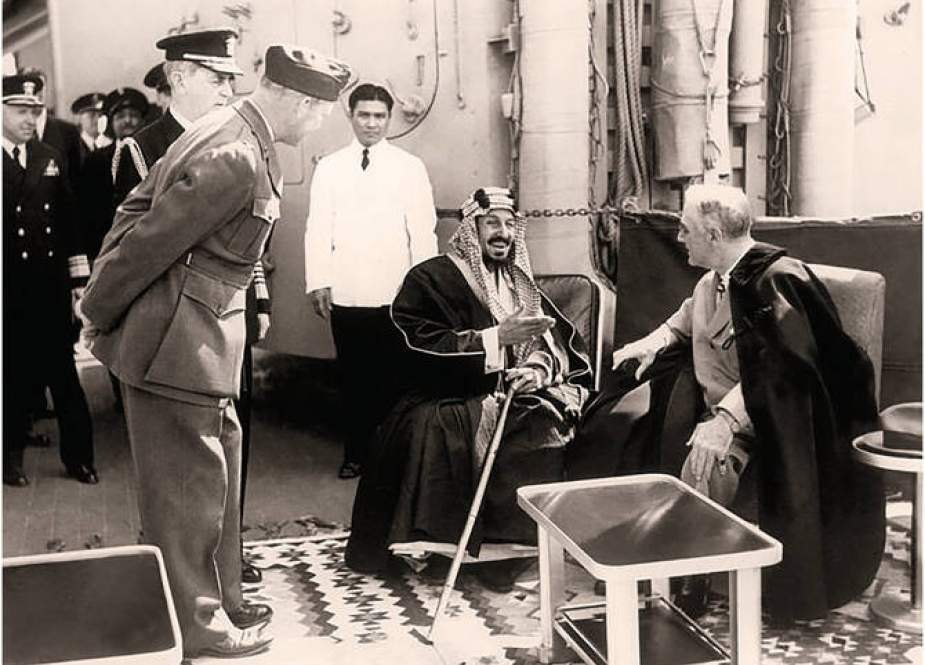Saudi-U.S. relations: a historical overview.
From the historic meeting between Franklin Roosevelt and King Abdulaziz in 1945 to the new era of strategic cooperation, Saudi-American relations have experienced many ups and downs. This relationship, which has lasted for decades, has always been based on two main pillars: oil and the security of the Persian Gulf.
The roots of this alliance go back to the 1940s. King Abdulaziz Al Saud, known in the West as Ibn Saud, founded the Kingdom of Saudi Arabia in 1932 after uniting the tribes of Najd and Hejaz. After suppressing dissent, he ceded the oil exploration concession to Standard Oil of California (now Chevron) that same year. This was done at a time when the United States had almost no presence in the region and the only foreign power known to the Saudis was Britain.
Initial trust in the Americans was partly fostered by Christian missionaries based in Bahrain; Those who, without trying to convert, simply provided medical care to Saudi soldiers and even treated the king himself at one point. This difference in approach made Abdulaziz see the Americans differently from the British.
Years later, in a meeting with George McGee, the US Deputy Secretary of State, Abdulaziz revealed that the main reason for cooperating with Washington was concern about the threat posed by the Hashemite dynasty, a royal family that had a long-standing grudge against the House of Saud after being expelled from Mecca and Medina in the 1920s. For this reason, he granted the Americans oil concessions and authorized the construction of the Dammam air base, to show that Saudi security was vital to both countries.

